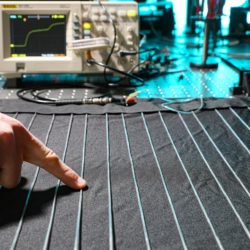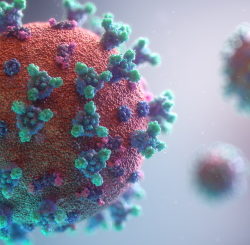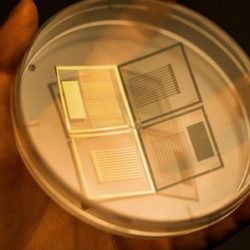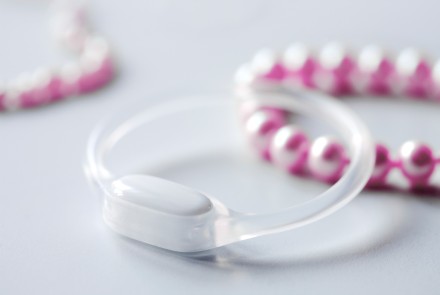AI-powered textiles that allow humans to interact more safely and intuitively with robots
Professor Fabien Sorin and doctoral assistant Andreas Leber, at the Laboratory of Photonic Materials and Fibre Devices (FIMAP) in EPFL’s School of Engineering, have developed a technology that can be used to detect a body’s movements – and a whole lot more. “Imagine clothing or hospital bed sheets capable of monitoring your breathing and physical Read more about AI-powered textiles that allow humans to interact more safely and intuitively with robots[…]



